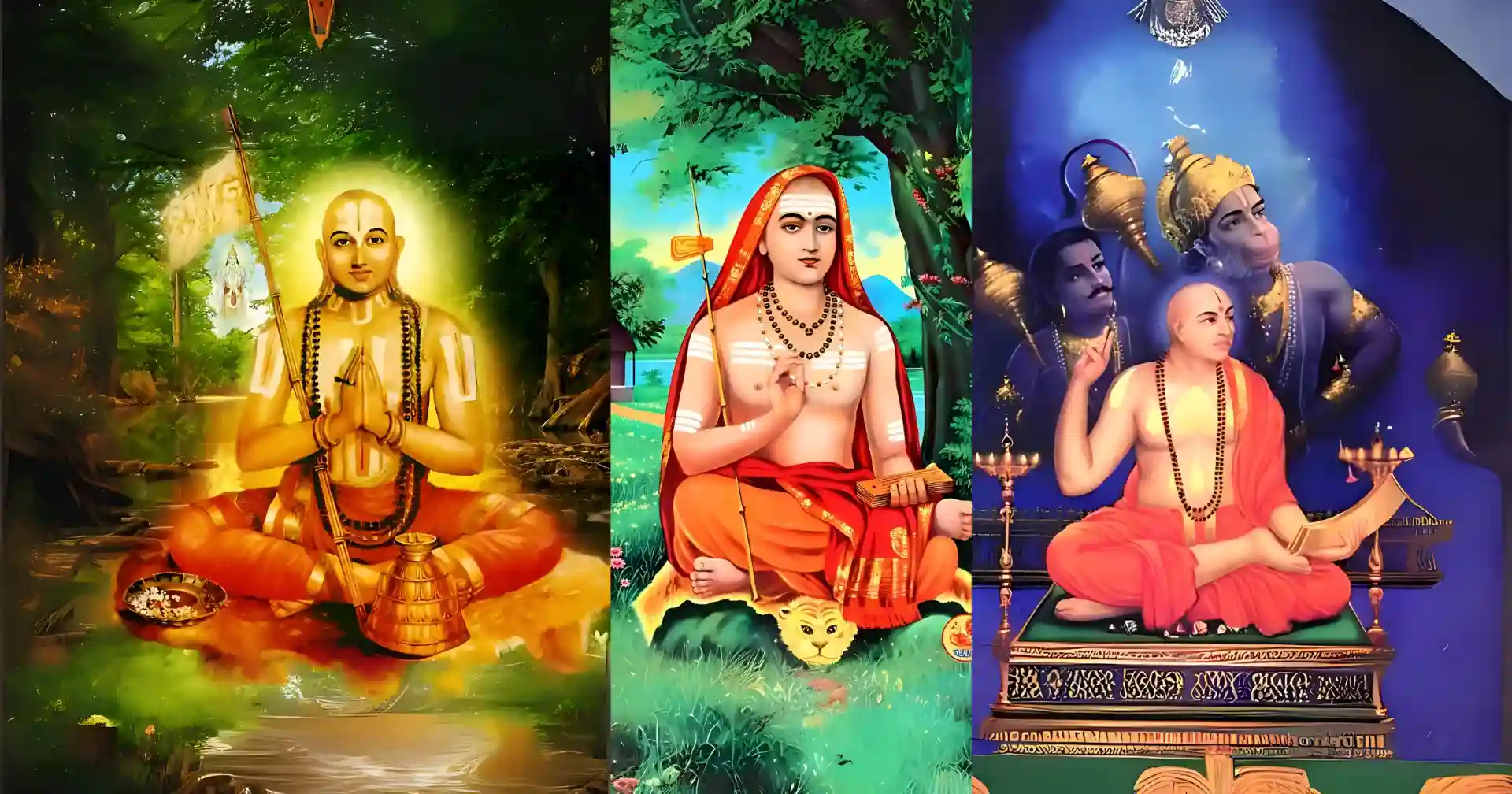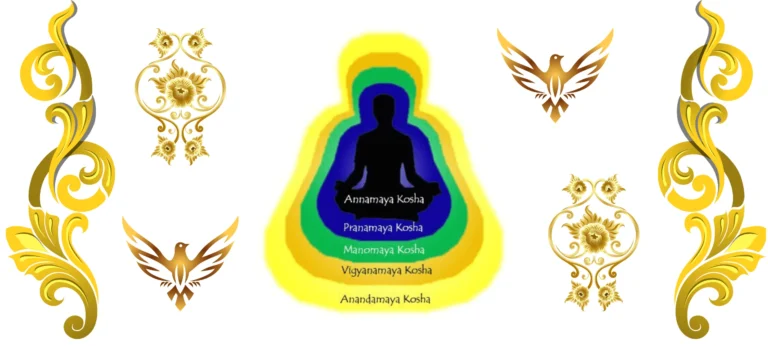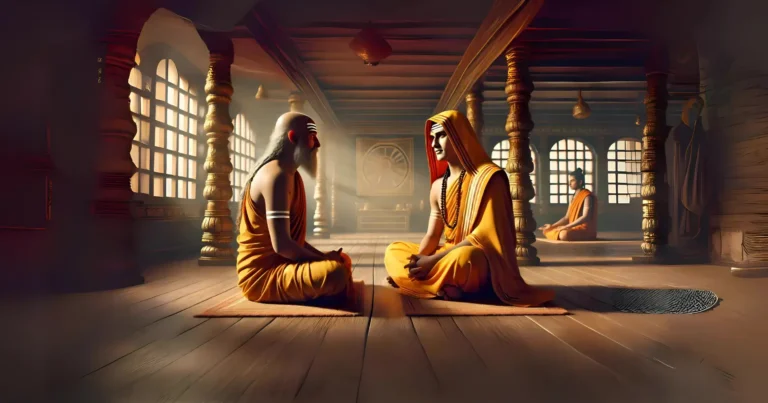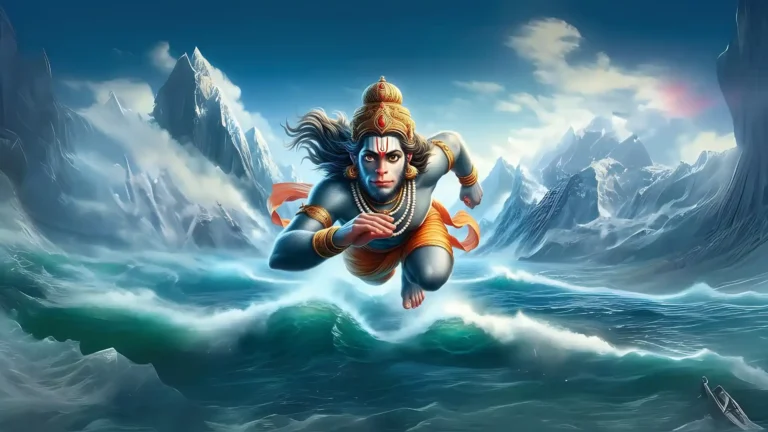Please Like the Blog and Share it for Maximum Reach
Table of Contents
The Three Acharyas
The three Matacharyas (मताचार्य Interpreters of the Vedas) have offered their commentaries on the Brahma Sutras of Badrayana Vyasa.The three Matacharyas are Sri Ramanujacharya, Sri Adi Shankaracharya and Sri Madhwacharya.
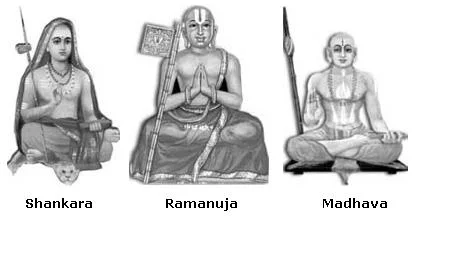
Shankara’s commentary is called Shariraka Sutra. Madhwacharya had 4 commentaries written on the Vedanta Sutras known as Brahma Sutra Bhashyam. Ramanujacharya’s commentary is known as Sri Bhashyam. The Sri Bhashyam formed the basis of the philosophy known as Vishishta Advaita.
It is important to first recognize the difference between philosophy and faith, before delving deeper into the Vishishta Advaita philosophy.
Difference between philosophy and faith.
Faith, in the context of Sanatana Dharma is Shaivism, Vaishnavism, Shaktism and the like. Philosophies are Vishishta Advaita, Advaita or Dwaita. Principles governing faith is called a philosophy. It is the mechanism to which faith is bound. The Form of God to whom I surrender is called my faith. Two people may have the same faith and yet they may be subscribing to two entirely different philosophies.

The three Matacharyas were given to very distinct philosophies whereas their faith was Vaishnavism. Sri Shankara, Sri Madhwa and Sri Ramanuja were given to the faith that the ultimate Personality of God is Sri Maha Vishnu alone. There was not the slightest disagreement amongst them. We may feel that since Sri Shankara was the follower of Advaita, he may not be a Vaishnava. This is a misconception.
Three schools of Vedanta
The three philosophies of the Matacharyas are distinct interpretations of the Vedas. Now, one may wonder how Vedas can have three different interpretations if the Vedas represent one knowledge body? If there is one Text body, it ought to have only one meaning. This is the common understanding.
It is to be understood that Veda Shastra comprises of three different categories of text.
1) Bheda Shruti (भेद श्रुति)- Bheda Shruti talks about Absolute Dualism. It refers to the concept that Jiva, Paramatma and Maya are completely different entities without a meeting point.All the three aspects of Living entity, God and Nature have nothing in common and cannot be bridged.
2) Abheda Shruti (अभेद श्रुति)- The Vedas have Abheda Shruti where the finality of Jiva, Paramatma and Maya is the Absolute one, Brahman. There is absolutely no difference and in the final understanding there is non-difference amongst these three components of Existence. This is perfect non-dualism. In non-dualism even if there is an iota of differentiation in the field of experience, shall not lead the seeker to liberation.
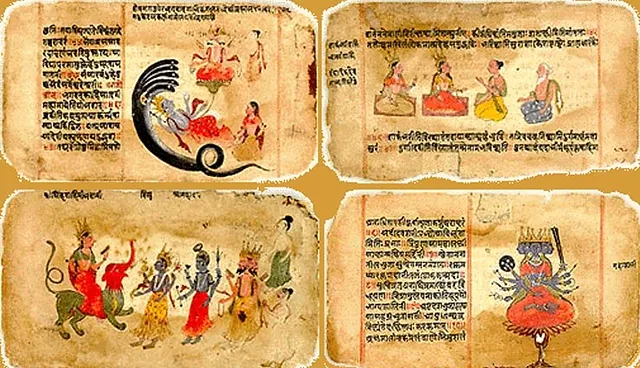
3) Ghataka Shruti (घटक श्रुति)- The reconciliation between Bheda Shruti and Abheda Shruti happens in Ghataka Shruti. This is qualified non-dualism. Here, a commonality is established with respect to all three components of God, Jiva and Maya. However the three are still recognized as real and different. Sri Adi Shankara focused on Abheda Shruti. Sri Madhwa focused on Bheda Shruti while Sri Ramanuja focused on Ghataka Shruti. Thus there arose three fundamental philosophies that explain the same Vedic structure from three perspectives.
Test your Alignment with the Spiritual Subject Matter (only 7-8 Questions)
The scores generated in this Quiz are relative. There are no right or wrong answers. A percentage towards 100 indicates that you are more aligned to the overall subject matter.
Why does Lord take so many incarnations?
There are a million preparations with clarified butter, sugar, milk and coconut. The ingredients are the same, but they differ in proportions, to suit the taste buds of the wide variety of population. Similarly, The Lord takes on so many incarnations with different moods to attract souls of various temperaments. He is same in all incarnations with respect to principle and power. Yet, the mellow of each form of Godhead may vary from incarnation to incarnation, to attract suitable souls.

Bheda and Abheda Shruti
According to Abheda Shruti- The Vedas proclaim that there exists nothing else other than Brahman. There is nothing other than Brahman. This is an example of the Vedic dictum in the Abheda Shruti.
According to Bheda Shruti- There is the concept of Bhogta (भोक्ता the one who enjoys) and Bhogyam (भोग्यं the one that is enjoyed). A man is eating the fruit. The fruit is the enjoyed and the man is the enjoyer. Thus there is a definite distinction between the enjoyer and enjoyed.
There is a process called Prerita (प्रेरिता- that which directs Bhogta to Bhogyam). Just with Bhogta and Bhogyam there cannot be a relationship. Something has to direct the Bhogta to the Bhogyam. This is the third component that makes the union between the Bhogta and Bhogyam. It decides the time, place and experience of the happening.
The fourth component who initiates the process of ‘Prerita’ is Ishwara (इश्वर God). Thus the Bhogta, Bhogyam, Prerita and Ishwara are all distinct components.
Why does the Veda have two conflicting theories? How is this to be reconciled?
What is Ghataka Shruti?
Vishishta Advaita philosophy is the fundamental philosophy that Ghataka Shruti propounds. It talks about Chit (चित sentient), Achit (अचित non sentient) and Ishwara (ईश्वर controlling agent). This in Vishishta Advaita is known as Tattatraya Vada (तत्तत्रयवादा), the three primary entities of Creation. Thus, the Vishishta Advaita saints carry a bunch of three long sticks bundled with a string, in their hand. They are said to be belonging to the Tridandi Sampradaya (त्रिदंडी संप्रदाय), the three-pronged philosophy system.
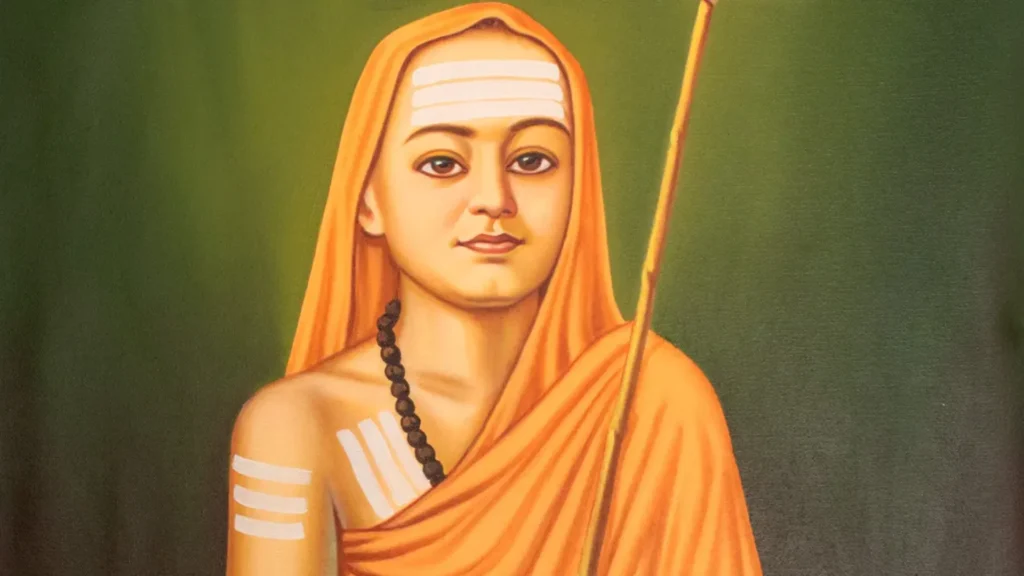
The Shankara sect is Ekadandi Sampradaya (एकदंडी संप्रदाय), the one staffed philosophy system. The Vishishta Advaita System is established from those Shrutis where Chit and Achit aspects are called the Supreme Being’s body. Hence there is a unity of the Chit and Achit aspects with Ishwara.
What is Vishishtadvaita philosophy?
The body of Ishwara is non-different from the being of Ishwara.
Just like a man called Pandita is walking down the street and someone calls him by his name. Pandita turns back to see who is calling him. Now who turned to see? Was it the body of Pandita or the soul of Pandita, the knowledge component identified by the name ‘Pandita’?
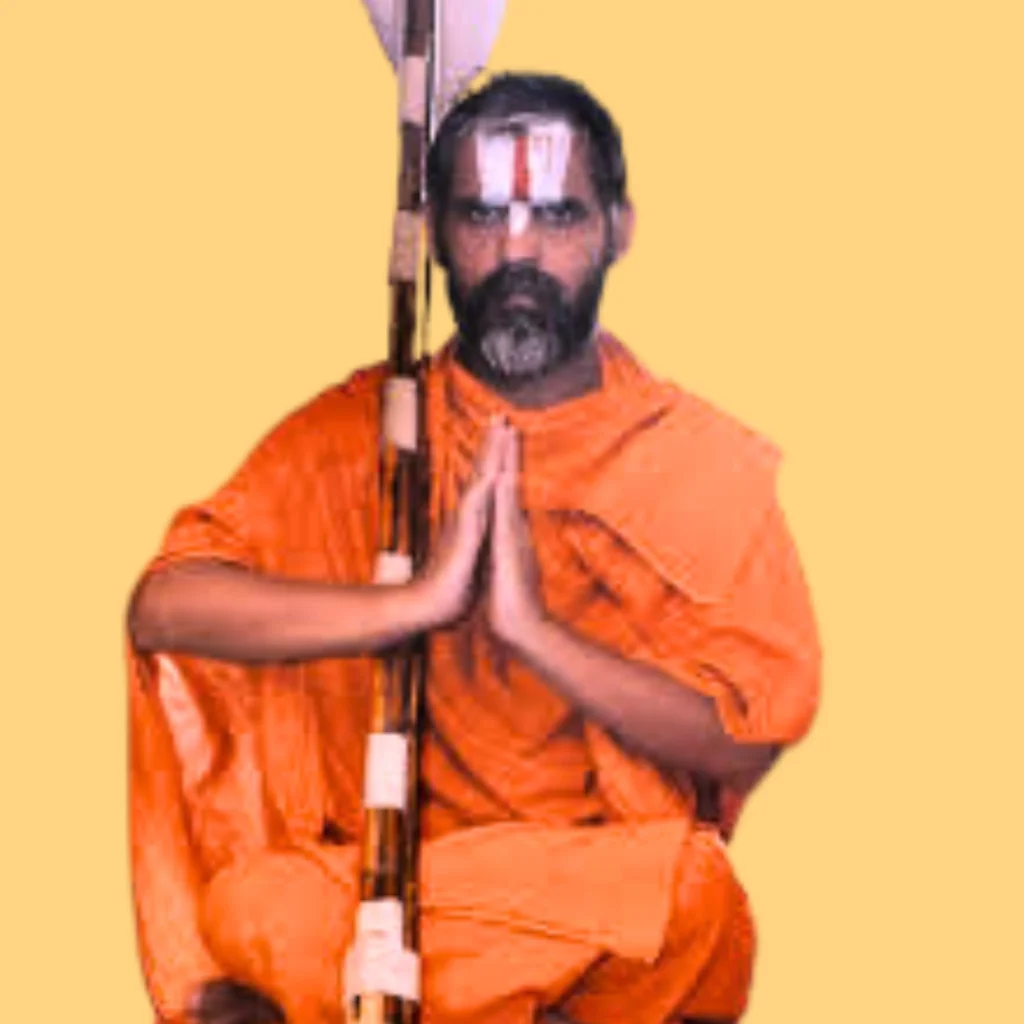
One can understand that the knowledge component or the soul of the man called Pandita recognized the call. But, the soul cannot turn and respond. Instead, the body immediately responds by turning back. So in a sense, the name ‘Pandita’ equally affects the soul and body, making the entity called Pandita to respond. But at a granular level the soul of Pandita is not the same as the body of Pandita. When the soul leaves the body, neither the soul nor the body can be called Pandita. Thus there is oneness and distinction in soul and body of the entity called Pandita.
The non-sentient and sentient beings are non-different from the Lord because we belong to the Lord’s infinite body. Yet the Supreme Being is completely distinct from us, given His authority as the sole controller of this Universe.
Please Like the Blog and Share it for Maximum Reach

